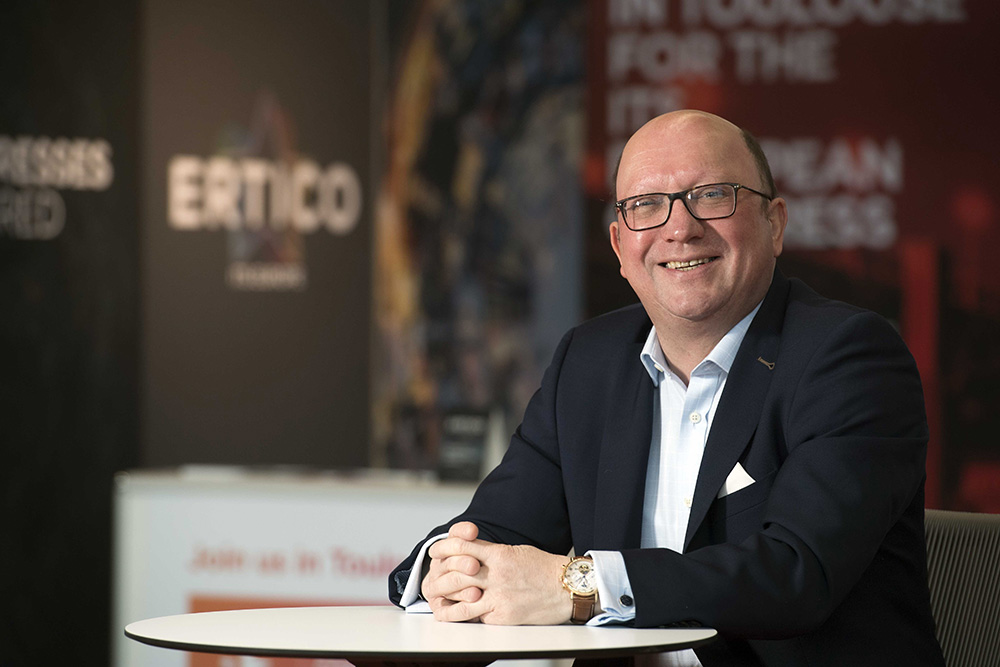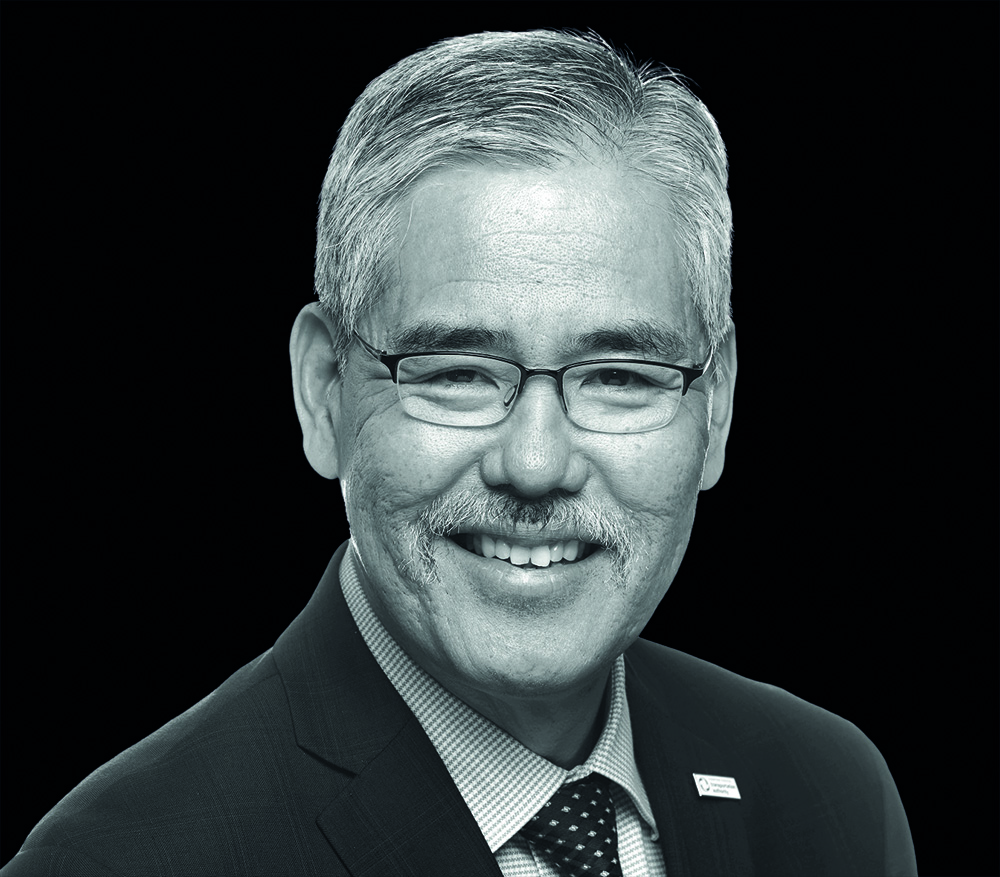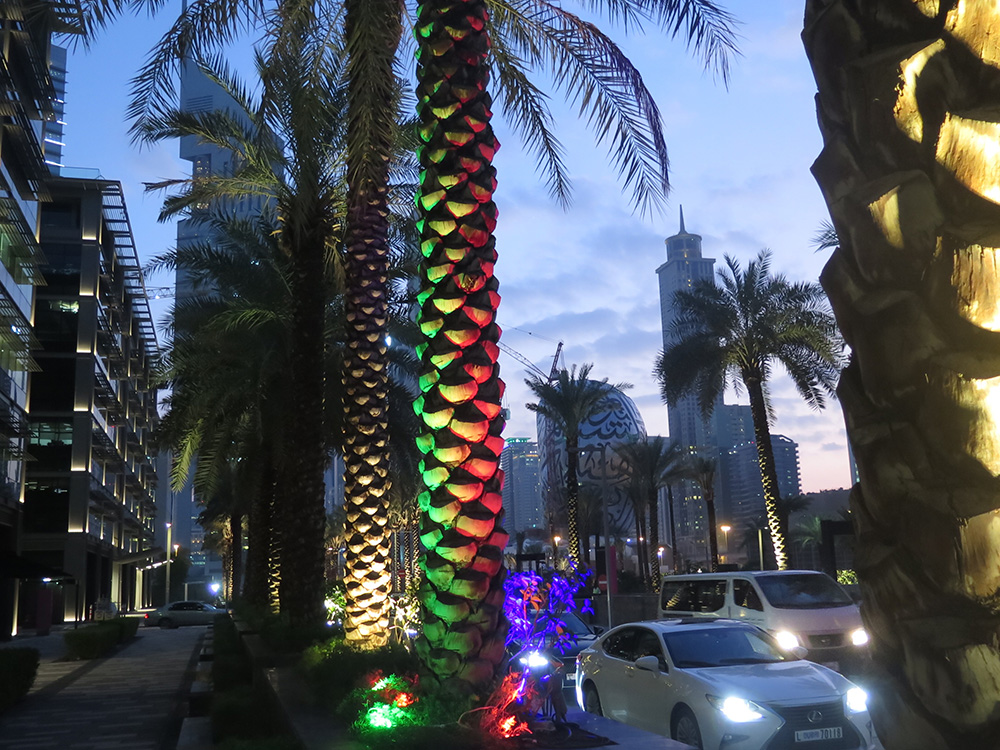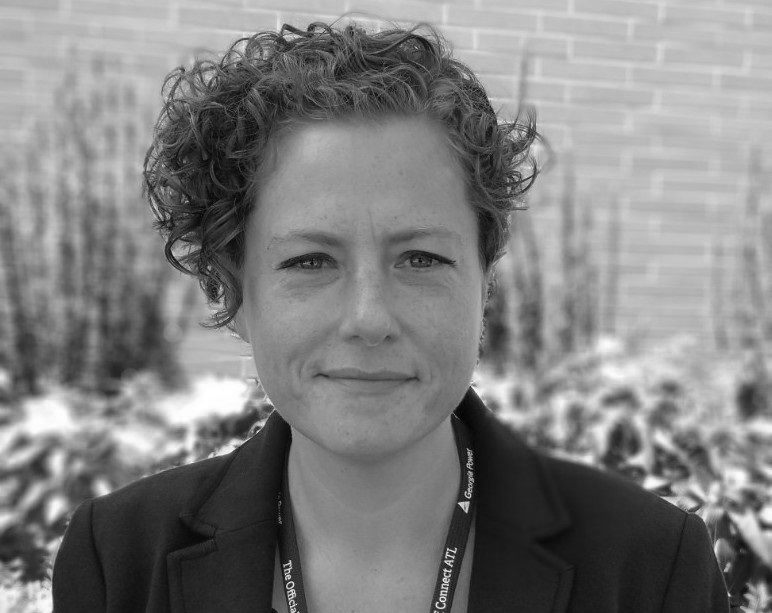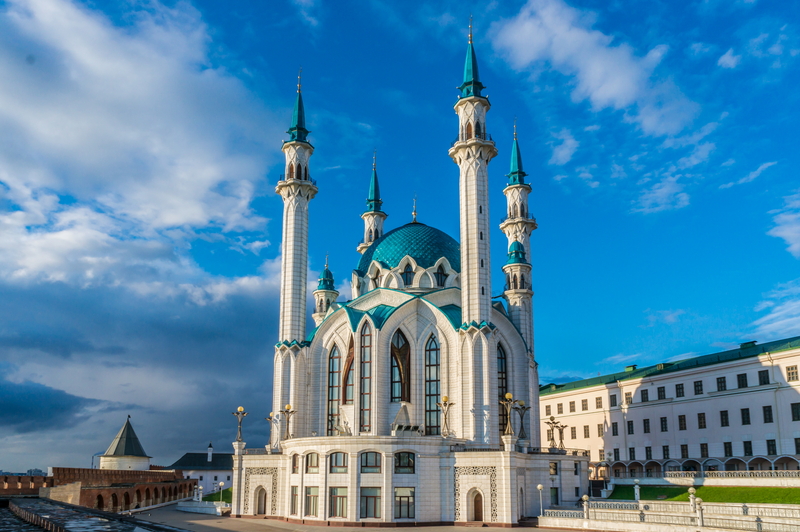
Like every other industry, ITS is after the next big thing. A lot depends on keeping ahead of the curve: standing still is, in effect, going backwards. The need to find new ideas, and develop new prospects, is ever-present.
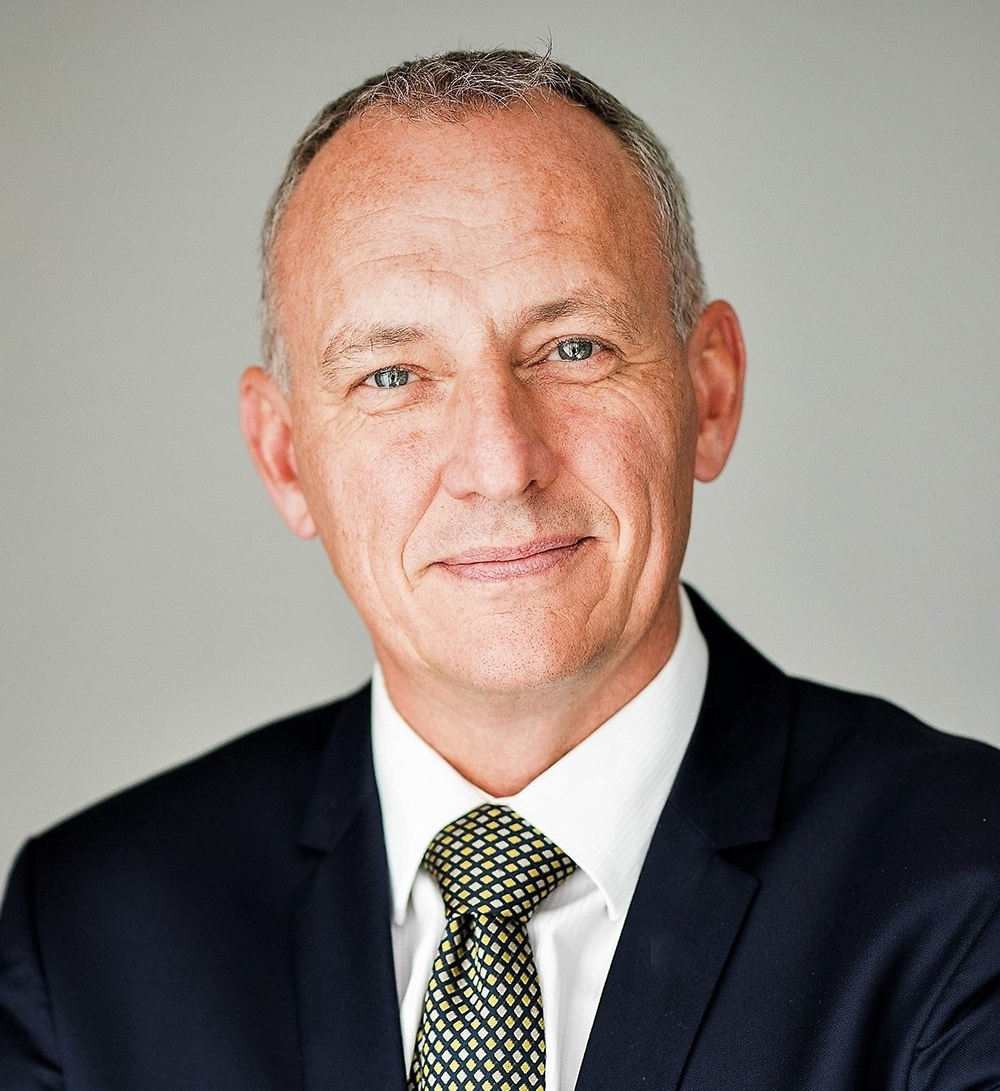
This push forward is part of the reason behind Ertico – ITS Europe’s new event: the 1st Central Eastern Congress on ITS will be held in the Russian city of Kazan in September. It will delve into the development and deployment of smart mobility solutions in Russia and the former Soviet republics which make up the Commonwealth of Independent States (CIS).
Jacob Bangsgaard, CEO of Ertico, is brimming with enthusiasm to bring worlds together: “We see ITS developments outside the core of Europe – that’s interesting to us.”
Kazan is the capital of the Republic of Tatarstan and, with disarming honesty, Bangsgaard admits that he “didn’t know much” about it before his first visit. Many people will feel the same at the moment. But Bangsgaard knows all about it now and is keen to share what he has learned. “People are not really aware of what happens in Kazan but the feedback was staggering and we wanted to explore,” he explains. “Kazan is the centre of IT in Russia. When it comes to smart mobility solutions, Kazan has vehicle manufacture and IT very strongly, focused on solutions and technology.”
Highlighting opportunities
With a Congress theme of ‘Sharing Innovation – Creating a Connected Future’, Ertico is highlighting an opportunity “to discover this emerging market, open to innovation and international expertise” and to see a new territory’s approach to tackling mobility challenges.
However, bringing a new date and location into an already-congested international calendar is not without an element of risk. After all, Ertico already has its own showcase event - May’s ITS European Congress in Portugal - and is a co-organiser of World Congress, which will be in California a few weeks after the new event in Kazan.
“I don’t see that it’s really competing,” he insists. “There are a lot of events worldwide, such as ITS in Lisbon or Intertraffic in Amsterdam, where we will be discussing the same issues with slightly different approaches. Right after Kazan, we have Los Angeles. It’s more a matter of focusing on regional aspects – and on how our partners can be involved in that particular region. I think this Congress will have many unique elements that you won’t be able to see at a regular ITS European Congress.”
In particular he points to Russian developments such as the Glonass system (the country’s version of GPS) plus the creation of Innopolis, a newly-built smart city close to Kazan which has a technology focus, and where tech giant Yandex is testing autonomous vehicles. Skills development and jobs creation in mobility are also big areas of interest in Kazan.
In short, Ertico is trying to look more broadly at what is happening in ITS. Bangsgaard says: “The whole idea is to share innovation. It will enlarge the business and members’ knowledge and will also help create interest.”
International visibility

The visibility will also help boost local companies’ international appeal, he adds. Despite this, some companies might be reticent. After all, there are well-publicised political tensions on several issues between Russia and the rest of Europe and people might already have pre-conceived ideas of how difficult it is to do business in Russia. Added to that, there is a general lack of knowledge about areas which are more off the beaten track.
Companies which are already operating there know that there is a market, but Bangsgaard insists that people will be surprised at how advanced ITS is in the region: “Just because they don’t know doesn’t mean it’s not interesting! In Kazan we’ve been met with a clear focus on technology and cooperation. We were sure it would be an interesting location. Visitors will see developments being done in new, different ways to what we’re seeing in other countries. The way they’ve been strengthening the local ITS and start-up community in Tartastan is quite impressive. From there I have got several ideas on how we could do things differently in the rest of Europe, and I think other authorities will get some ideas too. This Congress really aims to unify the global ITS community in a new territory and the Central Eastern countries have long been waiting for an opportunity like this.”
The Congress will give Tatarstan the opportunity to showcase its progress in ITS “and hopefully find solutions to challenges they may still face”.
Bangsgaard points to interest from beyond Europe – for instance, Chinese giant Huawei has agreed to be a major partner of the Congress. “Since the Central East is the bridge between Europe and Asia, this is the perfect platform for a company like Huawei to expand their network. On the other hand, international companies are also interested to see what developments are taking place in Central Eastern Europe, and we look forward to seeing companies like Swarco, Dynniq and Here Technologies at the Congress in Kazan.”
Innovation support
Ertico suggests this is a two-way street: people in Central Eastern Europe do not always make it to European ITS Congresses. “We have decided to bring the ITS Congress to them,” Bangsgaard says. “We are creating an opportunity for them to exchange solutions among themselves, but also to see the international views.”

He has been particularly struck by how innovation has support from “the highest political level” in Kazan and suggests visitors will see plenty of interest in key areas such as traffic management, Mobility as a Service and automation. In addition to viewing Innopolis first hand, Bangsgaard says he is looking forward to seeing driverless vehicle demos, integrated Weigh in Motion solutions and the video enforcement test area, among others.
And for any companies thinking: ‘How much ITS business can be done in Russia?’ Bangsgaard says: “Russia is a big market, of course, and there is an appetite for ITS. The Russian Federation has achieved a great deal in terms of safety and congestion by introducing new technologies such as sensors, road safety cameras and modernising existing ones. They also have 5G driverless buses, as well as the first driverless tram in the world.”
Ertico believes Russia has the potential to be a key stakeholder in future ITS development. Kazan certainly has an interest in connectivity and automation and has put a lot of energy into promoting itself over the last few years.
New venture
But the Congress here is a new venture and – human nature being what it is – there is likely to be some hesitancy. However, for those who remain unsure whether the city can host a major international event, Bangsgaard points out that the 45th WorldSkills Competition took place at the Kazan Expo International Exhibition Centre last summer “with 260,000 participants” and that the venue is “10 times the size” of Copenhagen’s Bella Center, which hosted the ITS World Congress in 2018. That is certainly something for the doubters to consider.
The Kazan speaker programme will include mobility experts and decision-makers such as CEOs and chief technology officers. Ertico is expecting more than 150 companies and organisations to exhibit, with 1,500 attendees from around the world taking advantage of demonstrations, technical visits – and, of course, networking. “New potential markets is one thing, pushing for innovation is another,” says Bangsgaard.
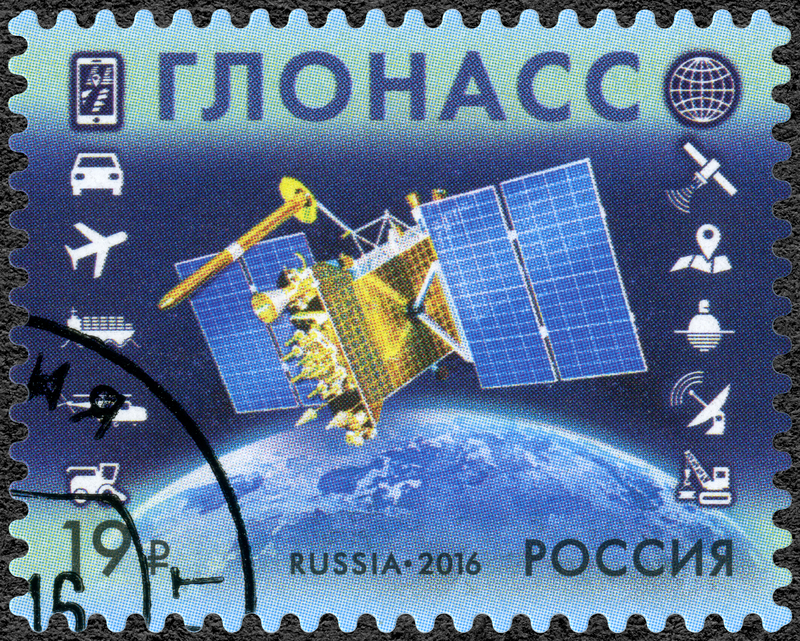
Ertico hopes the 1st Central East Europe Congress will be the first of many. There may well be a number of regions which are not yet on the radar in Europe where ITS is well advanced. With that in mind, Bangsgaard has recently visited Latvia’s capital, Riga. “It is extremely interesting to meet our partners there and to see how things are happening in the Baltic communities,” he says. “We also hear about Estonia being very advanced in IT, e-governance and so on.”
Romania and Bulgaria are on Ertico’s radar, too - so exactly what territory is included in the definition of ‘central east Europe’ going forward? “I’m very flexible,” laughs Bangsgaard. “We needed to come up with a name which would reflect it. But I see Turkey as a possibility, the Balkans, the Baltic states as possibilities. Iceland, maybe! We’re not focusing on a specific geographical area – it’s more about the areas which are not linked to the ‘main’ developments in Europe. We’re just trying to expand knowledge.”



